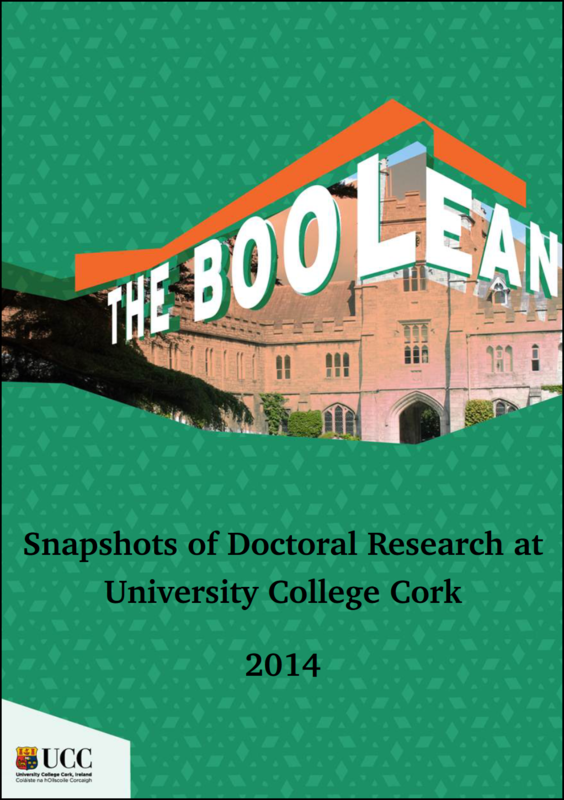Microcompartments: Mini but Mighty
DOI:
https://doi.org/10.33178/boolean.2014.16Abstract
Bacteria are the most diverse and abundant life forms in the world, with over 70,000 known species. They survive and thrive in every environment and location – be it in icy glaciers, fiery volcanoes or even within the acidic stomach. While we have all heard of them, how much about their function and structure do we understand, even now? Well, their cells are structured in a relatively simple fashion – they break down nutrients, chemicals or light to provide them with energy, and they then must remove or excrete the waste produced; essentially much the same as us humans, albeit in a simpler system. It is due to this principle of a simple system, that bacteria have evolved or developed many different adaptations to help them survive better in particular environments. Already, humans have observed some of these bacterial adaptations, and have seen the benefits and applications – such as ...Published
2014-01-01
Issue
Section
Articles
License
Copyright (c) 2014 the author(s)

This work is licensed under a Creative Commons Attribution-NonCommercial-NoDerivatives 4.0 International License.



